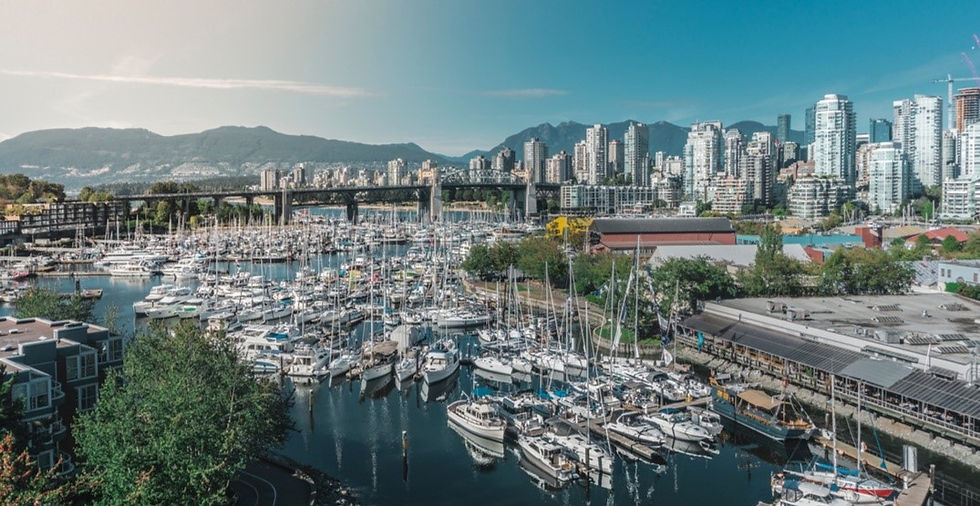Mother Nature and Man; are their fates tied together?
- Zehra Wazir

- Nov 12, 2019
- 3 min read
“The Earth is what we all have in common.” - Wendell Berry

“Nature and Man” or “Man versus Nature” are the epicenters of built environment discussions happening at various forums in environmental, architecture and planning fields. Patrick Geddes, John Turner, Rachael Carson and numerous others are few of the famous names behind it. These were people who made their proposition before time; not readily accepted or understood at that moment but highly appreciated for their visions now.
The mantra of community planning clearly stands with the viewpoint of “Nature and Man” as forces to work in harmonious relations for better quality of built environment. Too many mistakes have been made and lessons learned by planners to understand the interlinked web of human and their natural environment to force any disruptive physical interventions. Yet with the looming climate crises around world, men have yet again failed to come together and foster techniques that may alleviate or prevent further worsening of this situation. Alas, we always learn late. Too many impenetrable boundaries; political, economic, geographical, social and religious may become the reason for mankind’s extinction.
We can, however hope and try to win this battle. The work of Patrick Geddes, John Turner and Rachel Carson aspires me with the renewed hope, that our efforts today as planner; in terms of fostering community participation and skill development, conservative surgical approach for slum development, advocating community architecture and localized area approach may provide a positive impetus for poverty alleviation and climate crises movement. In today’s world, we must acknowledge the population explosion along with unsustainable built environment practices to accommodate the needs of many, will not last forever. For even though, technology may have globalized us and provided connectivity, created opportunities and maybe better skilled jobs for people; yet the quintessential resources which comes from soil or “ Nature” are limited. If we do not create localized living and working opportunities with best practices of sustainable food production and mitigate climate crises problems, more than half of population of world will be facing food crises; ultimately abject poverty. It is now or never for us.
In my ongoing training as professional planner, one of the patterns that I have observed through reading is the vicious circle of political and capitalistic realm that blinds even the most educated or secular human being to finding their version of common good. One of the many skills I would like to foster through my education is to simply listen, accept and understand, yet be humble to know that I can be wrong. This is an essential aspect for my training as a planner along with technical, scientific and critical approaches. In generic way, the understanding of built environment; in terms of functions of physical elements, amount of land they require and their relations with one another is needed. The land use patterns and its basic components of facilities, activities and function is to be understood. The planners needs various tools like maps, understand concepts of density, accessibility and legal structures like zoning and legislature to proceed with basic skills when thrust out in professional world. The texture of participation that involves the triad of politician, planner and public makes me convinced that the soft skills along with mediation techniques could work well. Generating effective dialogue for participation, problem solving and diplomacy are much needed assets in today world.
For this week’s lesson, I have learned that choice to act or not, is my responsibility as planner. I can work towards a goal but I cannot force anything. My responsibility is in my action; for rest, time will tell everything; such is the case of esteemed Patrick Geddes.






Comments